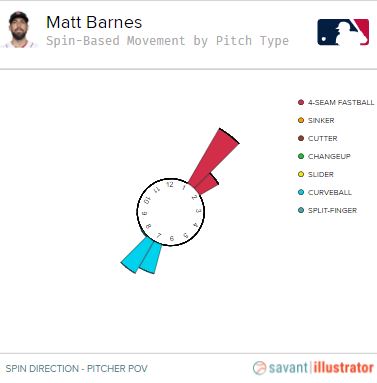These Aren’t the Hits MLB Wanted
There have been some scary moments in the first few weeks of the 2021 major league season. On April 28, Phillies Manager Joe Girardi was ejected after both Didi Gregorius and Bryce Harper were hit by pitches while they were playing the Cardinals. Harper’s incident was particularly scary as he was hit in the face with a 97 mph fastball. On April 5, Cubs catcher Willson Contreras was plunked by a 93 mph fastball to the helmet. Two days later Reds rookie Jonathan India had a similar moment after a fastball ricocheted off his helmet.
It’s not your imagination: batters are being hit by wayward pitches at a record clip. Ken Rosenthal of The Athletic made note of the trend this morning. Baseball Prospectus’ Rob Mains recently published an excellent breakdown of this year’s record-setting pace for hit batsmen. I was particularly taken aback by this chart showing that prior to 2018, no season in baseball history had a hit batsman in more than 1 in 103 plate appearances:

Mains continues:
There was one batter hit per 96 plate appearances in 2018, a new record. It fell further, to 94, in 2019. Then all the way to 81 in last year’s short, weird season.
This year? Through Tuesday night’s games, it’s down to 74.5. Batters are being hit thirty-eight percent more frequently than in 1901. There are just over eight hit batters for every five just a decade ago. We’re averaging 0.997 hit batters per game in 2021, a single HBP shy of one per game—a level the sport’s never approached. Batters so far have a .309 on-base percentage. Hit batters account for thirteen points of that figure. Ten years ago, there were only eight points of hit batters in MLB’s .321 OBP.
I wanted to take a look at possible reasons the HBP rate is at record levels so far in 2021, but first we need to be clear about which parts of this trend are continuations from previous seasons and which parts are actually new. In 2019, Devan Fink demonstrated that the HBP rate per plate appearance was approaching the highest levels seen since the early 1900s. He looked at increased velocity and reliever usage to demonstrate that while a pitches’ speed didn’t necessarily mean a pitcher had worse command, relievers had a larger share of HBP than their starting counterparts. Read the rest of this entry »



